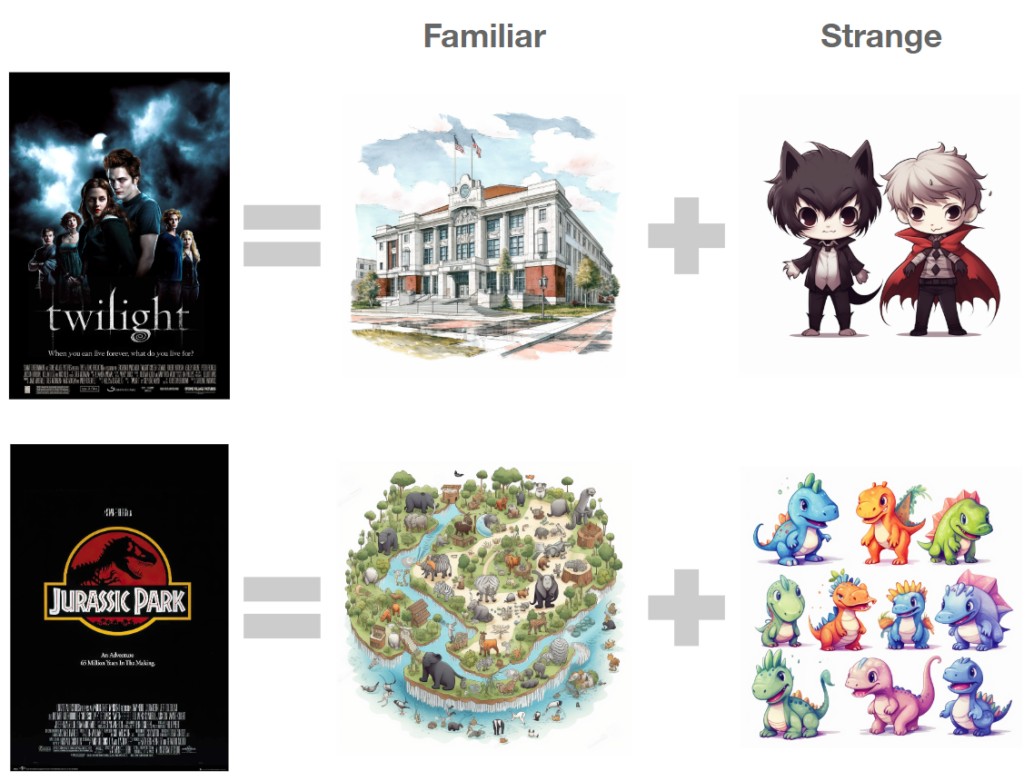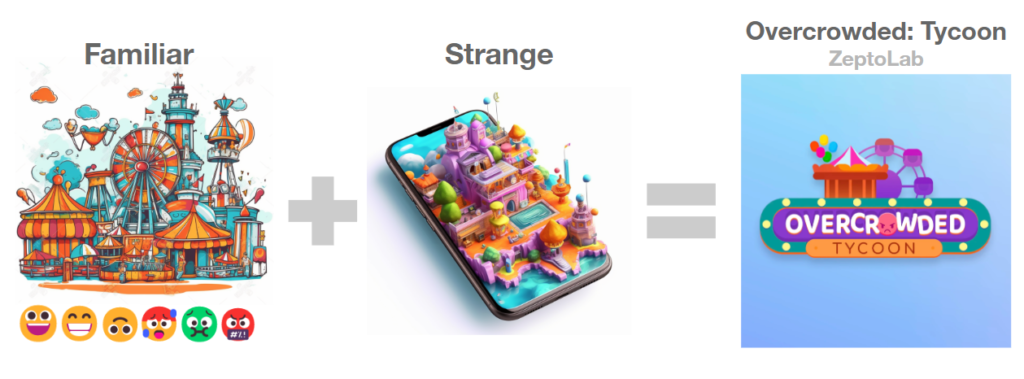After years of impressive year-to-year growth, the mobile gaming market experienced a 10% decline in 2022. The introduction of Apple’s new privacy policy has presented significant challenges in user acquisition, and Google is expected to follow suit soon. As a result, several major companies have temporarily closed their new game divisions and shifted their focus to maximizing profits from existing live titles. In this increasingly competitive landscape, how can we still achieve success?
While there is no guaranteed formula for success, I believe there are three distinct verticals that encompass all games that have reached the top spots on the leaderboards:
- Innovators: These are the games that introduce groundbreaking game mechanics [Angry Birds, which popularized the slingshot mechanic, Clash Royale, known for its Tower Rush mechanic, and Archero, which took an innovative approach to top-down shooter roguelike gameplay]
- Finest: The best expression of a game in a particular genre [Raid: Shadow Legends, renowned as the best team-battle RPG, and Rise of Kingdoms, recognized as the best 4X strategy game]
- Appealing: These games may not stand out based solely on gameplay, art, or music, but rather by their theme. They excel at resonating with players and capturing their attention [Playrix’s adaptations of the Match-3 genre with games like Homescapes and Gardenscapes, where the theme revolves around the fantasy of owning a garden or mansion. IP-based games also fall within this category, leveraging existing intellectual property to attract players]

While innovating in a meaningful way for players is challenging, it is even more difficult to achieve success by being the finest within a subcategory. This typically requires extensive knowledge and expertise in the genre, as well as considerable resources to improve meaningfully upon established games.
Therefore, I believe focusing on the appealing vertical offers the lowest barrier to success in today’s market, specially for small to moderate sized studios without extensive expertise in specific genres. By drawing inspiration from existing mechanics and not placing excessive demands on quality, developers can still stand out and achieve success in this highly competitive environment.
So, how can we create an appealing game?
To uncover the recipe for compelling themes, let’s turn to one of Hollywood’s most renowned movie screenwriters, Terry Rossio (known for Aladdin, Shrek, and Pirates of the Caribbean), and his perspective on the difference between an ordinary and a compelling concept: the Strange Attractor.
According to Rossio, when you introduce something strange within your concept, it becomes intriguing because it offers something we haven’t seen before. The strange aspect is often complemented by a familiar element, providing a relatable anchor that grounds the concept in our environment or reality, often drawing from well-known pop-culture topics.
From this perspective, we can identify two essential components of the strange attractor:
- The Familiar: This is the relatable part that connects us to something well-known, and serves as the anchor, or hook.
- The Strange: This is the unexpected and intriguing part that stands out from the familiar, sparking our curiosity and driving us to explore further.
Let’s explore a couple of examples to understand how to effectively combine the familiar and the strange:
- The Twilight Saga combines the familiar theme of high school and teenage romance with the strange and fantastic creatures of vampires and werewolves.
- Jurassic Park merges the familiar concept of a zoo with the twist of being filled with dinosaurs.
- Spider-Man combines the known setting of a big metropolitan city with the addition of a superhero theme.

Notice how numerous attempts have been made to create vampire and werewolf movies, but none have achieved the level of success that the Twilight Saga did. Similarly, imagine pitching a movie about dinosaurs without the familiar anchor of a zoo—it would likely have a narrower appeal. Spider-Man’s success also highlights the power of introducing a friendly neighborhood hero instead of focusing solely on universe-saving superheroes during the golden era of comic books.
These examples demonstrate the potency of combining the familiar with the strange. In this complex era where user acquisition is increasingly challenging, we can apply the, as I call it, Hollywood Approach, to create games that have mass appeal, maximizing the results of any UA campaigns by attracting a broader audience than your game genre typically would.
However, in the context of games, the methodology for applying the Hollywood approach differs from that of movies. Here, the strange component largely lies in the game mechanics. Therefore, the key to implementing the Hollywood approach successfully is to pair a familiar theme with a game mechanic that incorporates the strange element seamlessly.
One excellent example of this approach is Parking Jam 3D by Popcore. It combines the familiar theme of an overcrowded parking lot with the strange mechanics inspired by Unblock Me, one of the early smartphone games. By applying a different familiar theme to existing mechanics, they achieved impressive results and scaled the game with fantastic returns.

Another compelling case is Overcrowded by Zeptolab. It flawlessly combines the familiar theme of a thematic park with emojis that represent the visitors’ emotions, creating a relatable hook. This, along with the promise of engaging physics gameplay, attracted a significant number of users to the game, amounting to a moderate success overall.

Lastly, let’s compare two puzzle games on a different platform—Steam. Despite both receiving overwhelmingly positive reviews, only one of them achieved financial success. Consider these two games, Linelight and Mini Metro:

It’s easy to imagine which game experienced greater success. Indeed, Mini Metro is estimated to have generated 20 times more revenue than Linelight, despite both having a similar selling price of around $8 and similar positive reviews.
Is this the solution to succeeding in today’s market?
The Hollywood approach can provide an effective way to generate game concepts that possess a strategic advantage in terms of marketing. It goes beyond what can be achieved with misleading advertisements. However, it remains crucial to pair the theme with the right gameplay that will fit well.
Keep in mind that by making your theme more Hollywood-esque, you’re broadening the potential audience for your game. This often means lowering the barrier of entry for less experienced gamers, especially if you’re developing a midcore game. You are always in time to add more hardcore-ish mechanics for the most engaged players.
Remember, It’ll help if the setting allows players to fantasize about the experience and escape from reality. After all, that’s what entertainment is all about.
TL:DR
- Game success is found in three key verticals: Innovators, Finest, and Appealing.
- The “Appealing” vertical offers the lowest difficulty in achieving success by combining familiar themes with fitting game mechanics.
- The Hollywood Approach involves blending the strange and the familiar to create mass-appealing games.
- By using relatable anchors and intriguing elements, developers can capture players’ attention and help overcome challenges in user acquisition.
